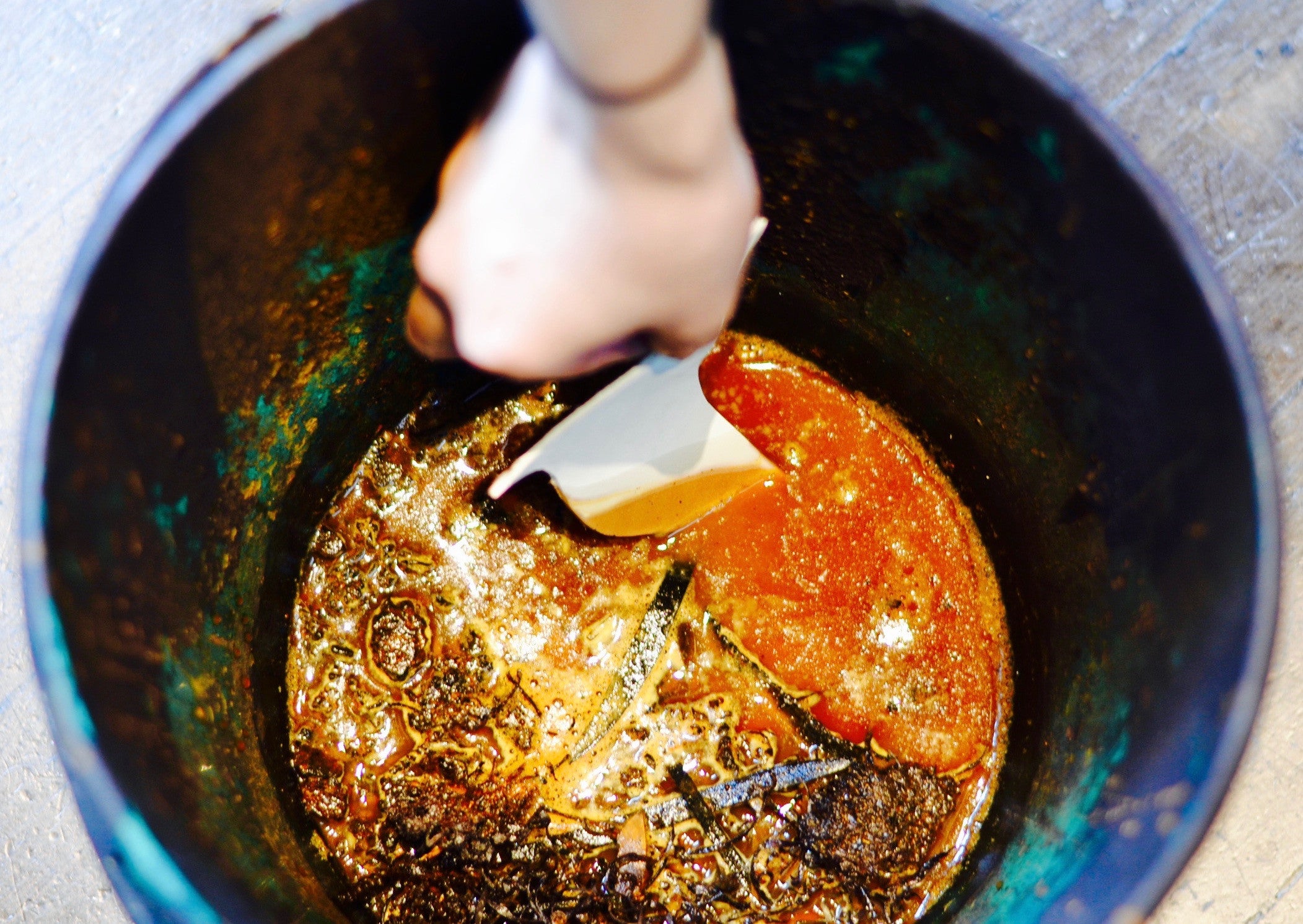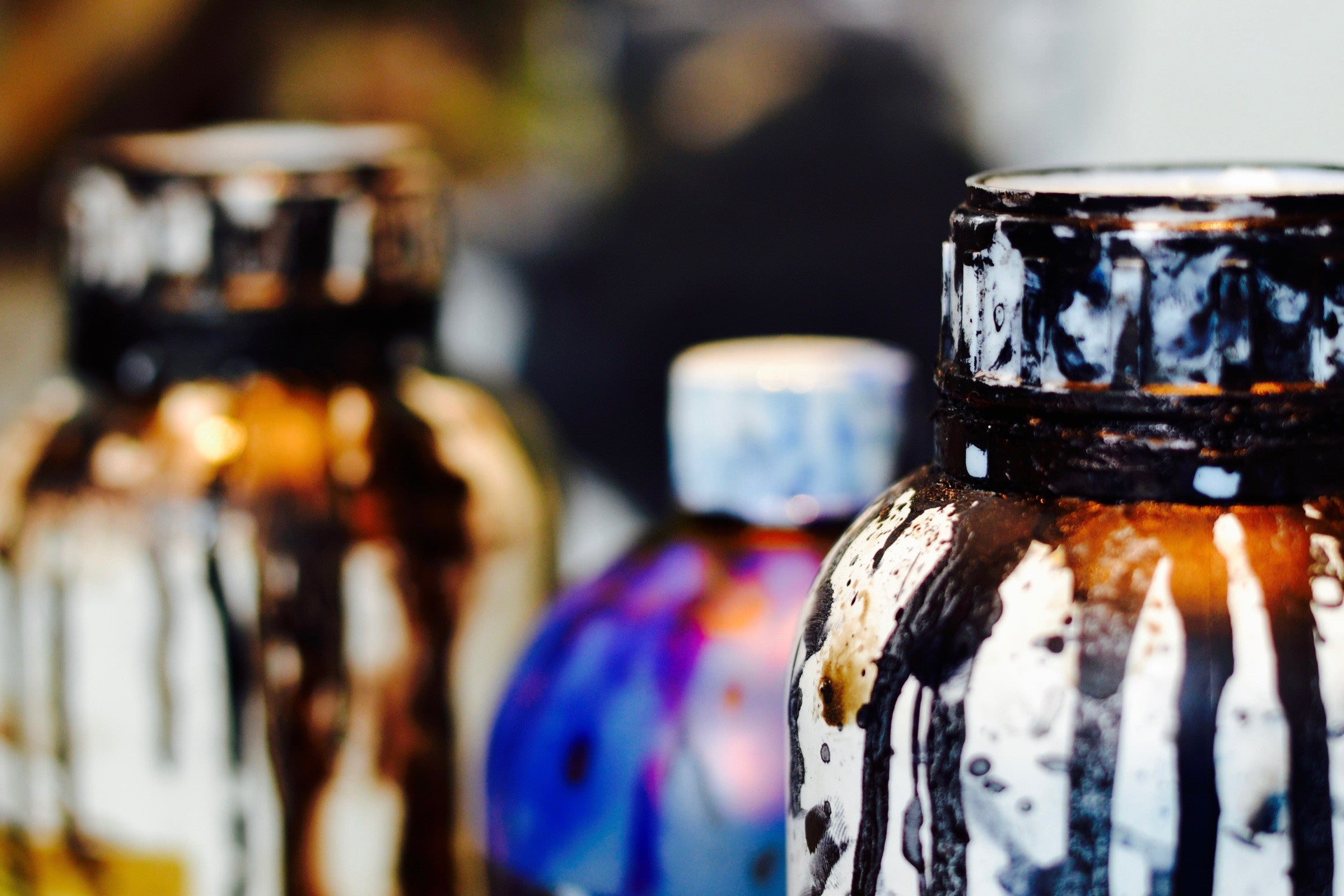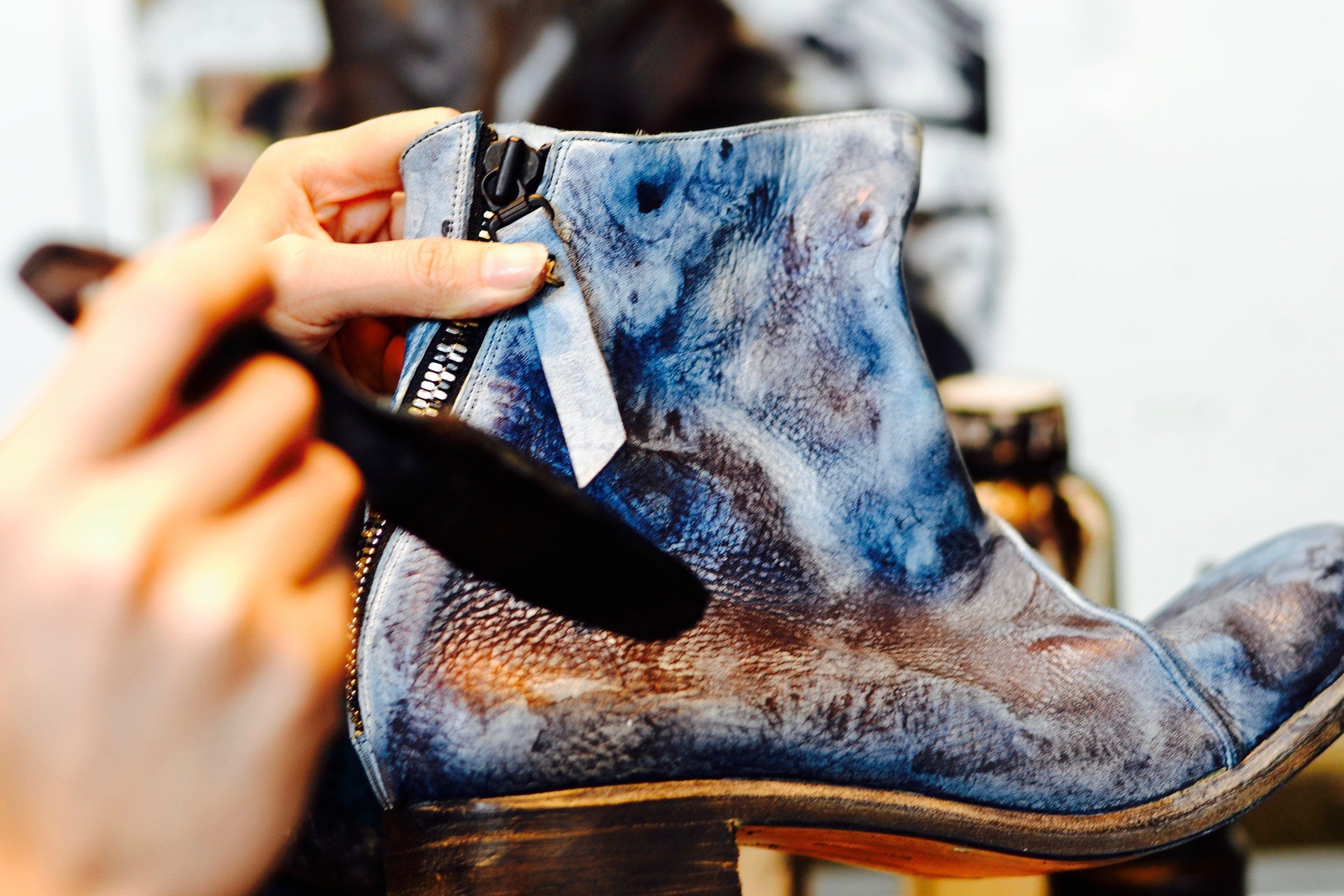About the Shoemaking Process
Dec 08, 2017
Part 1: Leather
Welcome to part 1 of our tutorial series which shares our process for making handcrafted shoes.
Finding the right leather for your shoes is an ongoing quest.
To make our shoes and accessories we use leather from bison, cow, calf, horse and yak each with its own unique quality. The enduring relationships with tanneries, who employ traditional tanning techniques, that honour the leather for its unaltered character, is the key to beautiful shoes.
Choosing the right leather
Choosing the right type of leather for the shoe and wearer is essential. Sourcing leather that is uncommon, comfortable and durable requires continuing research and refinement.
Did you know that different sections of the hide are used for different parts of the shoe?
You can see in the diagram below the different sections of leather for the calf (top row) and horse hides (bottom row).
For example, the butt area is used for soles.
The shells, cullate and horsefront are used for upper leather. Calf side for upper and lining leather.
Insoles, heel counters and toe puffs are cut from double shoulder leather.
lineapelle
Lineapelle is the worlds premier leather fair held in Italy each year. Here the best tanneries come together to show their latest leather finishes and designs. Everything from upper leather, welting, soles, heels and lasts can be found. We regularly travel to Milan to source new leather materials.
Our leather dying staining process



Over the years we have developed various finishing techniques which change as often as the leather. Some hides are a blank canvas, some don't require any finish. The key is to find unique leather first then build a story.
Our point of difference is that we source unique leathers and add another layer of surface texture.
All of our surface treatments are a combination of dyes, stains and metals. There is continuous experimentation and testing. Every pair of shoes is bespoke, with its own special characteristics and detail.
care and repair
Your shoes tell the story of your journey.
Every leather is unique and different care requirements are recommended for each. If you have any questions about care please call or email.
Polish your shoes regularly; a beeswax based polish like L'abbaye which we stock in three colours brown black and dark brown.
Use cedar shoe trees to maintain shape and deodorise your shoes.
Bring your A.McDonald shoes back to our workshop for cleaning and repair.
1) SOURCING UNIQUE LEATHERS:
Sourcing high quality leathers from reputable tanneries is the first and foremost step when considering any shoe's construction, but particularly high grade natural leathers are of the utmost importance when it comes to custom stains. I've mentioned elsewhere that we use either Cordovan/yak /bison/horsefront /calf/cow hides vegetable tanned and sourced from the Santa Croce area in Italy - In my experience, they have reliable access to some of the most interesting natural hides on the market, which behave beautifully as the blank canvas for any overdying work. It is important to note that our dyeing and texturing can happens after and before the actual construction of the shoe is completed.
2) EXPERIMENT
After receiving our leather then constructing the shoe, it's time to experiment. I'll list and briefly detail three of my favourite (and more exotic) methods for dyeing and creating textured leather.
- Ironfile Overdye:
Essentially, this is the process of mixing dyes and pigments with - you guessed it - iron filings. In a bucket, we allow the liquids to soak and oxidise with the iron. Dipping the shoes into this chemical soup can drastically alter the surface appearance of the shoe, imparting beat-up, earthy ochre. I'm often asked "how long should I soak?" or "how much filing do I need?" - the frustrating answer is that it's all depends on the surface finish of the leather and how it reacts the surface treatment. There are no rules. Trust your instincts, do some thorough testing with samples if you can, make some mistakes!
- Bleach/Vinegar/Stain Soup:
Similarly to the Ironfile Overdye, this "soup" is a wild experiment in acids, vinegars, bleaches, water stains, oil stains. Once we have a rough idea of the kind of textures we're aiming for and the right leather, we'll mix up a cocktail of chemicals that may (or may not!) achieve the desired result, and - quite frankly - we take a wild swing, hoping for the best. This process could roughly be compared to the acid wash/stone wash of denim.
- Tie Dye:
Yep, that T-shirt type tie-dye. Using elastic bands, wrapped around leather we can create a variety of random patterns covering the shoe. Like any classic tie-dye, the obscured surfaces will retain their original colour, while the exposed areas of the hide will soak up the custom dye and result in a one-of-a-kind pattern.
3) RECORD AND REPEAT
As I'm sure you've gathered by now, these are experiments. I'm never certain of the exact result I'm going to achieve, but after each concoction is 'brewed' and each shoe dipped, I will observe and record the results. One particular recipe might not be ideal for one leather type batch and style of shoes, but perfect for another. I'll keep adjusting and fine-tuning my recipes until I'm happy with the results.
FINAL THOUGHTS
The methods listed above are techniques that I've found to work exceedingly well for my style of shoe. I endeavour to make shoes that tell a story, that are of a particular time and place, that reflect the wearer and their environment. By no means am I insisting that these are the only (or indeed best) methods to achieve a compelling final product, but they continually yield results that are inspired by textures and colours of the Australian desert landscape


